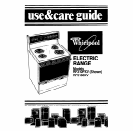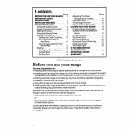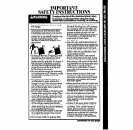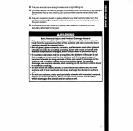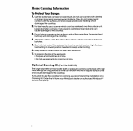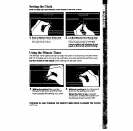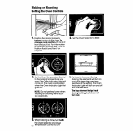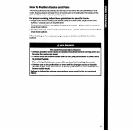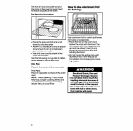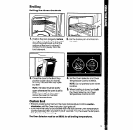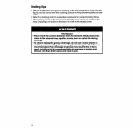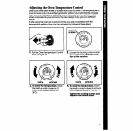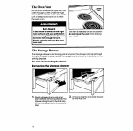
2. The pan should have straight sides and a tight-fitting lid.
3. Choose medium to heavy gauge (thickness) pansthat are fairly lightwe
Remember that a very heavy pan will be even heavier when filled with
food.
4. The pan material (metal or glass) affects how fast heat transfers from the
surface unit through the pan material and how evenly heat spreads over
the pan bottom.
5. Handles should be made of a sturdy. heat-resistant material and be
securely attached to the pan.
Burn, Personal InJury and Product Damage Hazard
l If the pan is too small for the surface unit, you could be burned by the
heat from the exposed section of the surface unit. Use correctly sized
cooking utensils to prevent injury.
l Not all glass, glass-ceramic, ceramic, earthenware and other glazed
utensils are safe for cooktop cooking. Some will crack or break with
sudden temperature changes, which could result in personal Injury.
l If a surface unit stays red for a long time, the bottom of lhe pan is not
flat enough or Is too small for the surface unit. Prolonged usage of
Incorrect utensils for long periods of time can result in damage to the
surface unit, cooktop, wiring and surrounding areas. To prevent
damage, use correct utensils, start cooking on HI and turn control down
to continue cooklng.
l Do not leave an empty utensil, or one which has boiled dry, on a hot
sutiace unlt. It can overheat and may damage the utensil or
surface
unit.
l Do not use canners, woks and specialty utensils with rounded, warped,
ridged or dented bottoms. These could cause severe overheating
which damages the utensil and/or surface unit.



